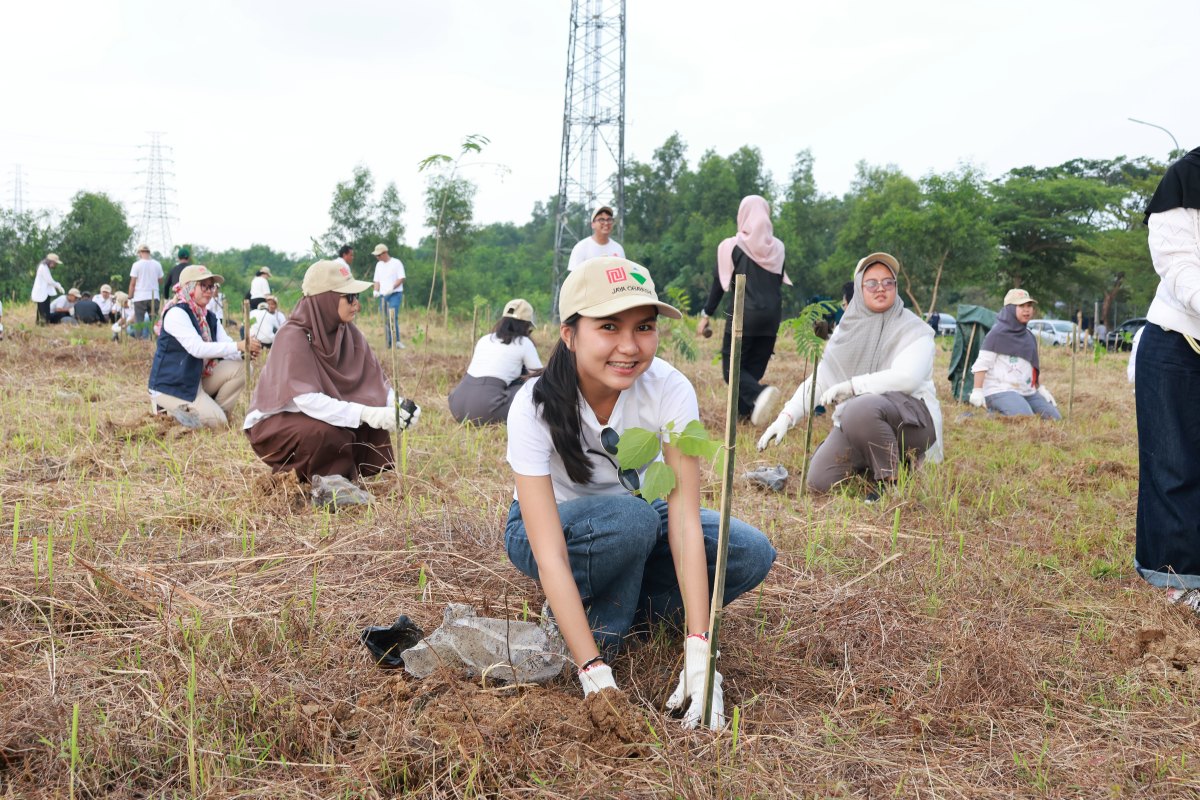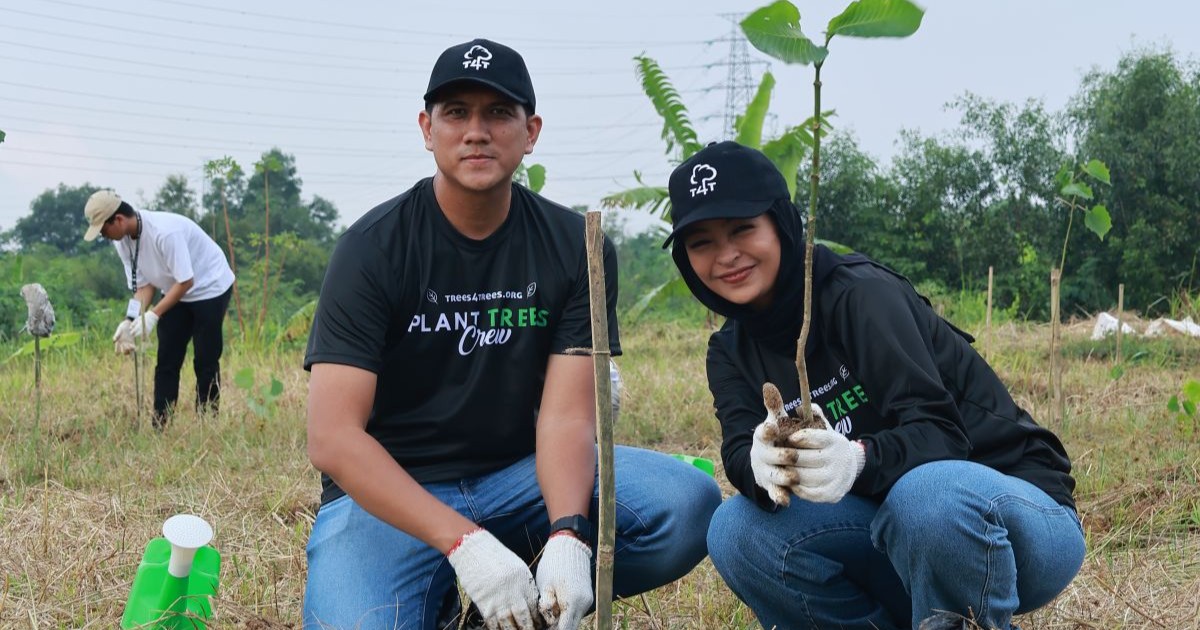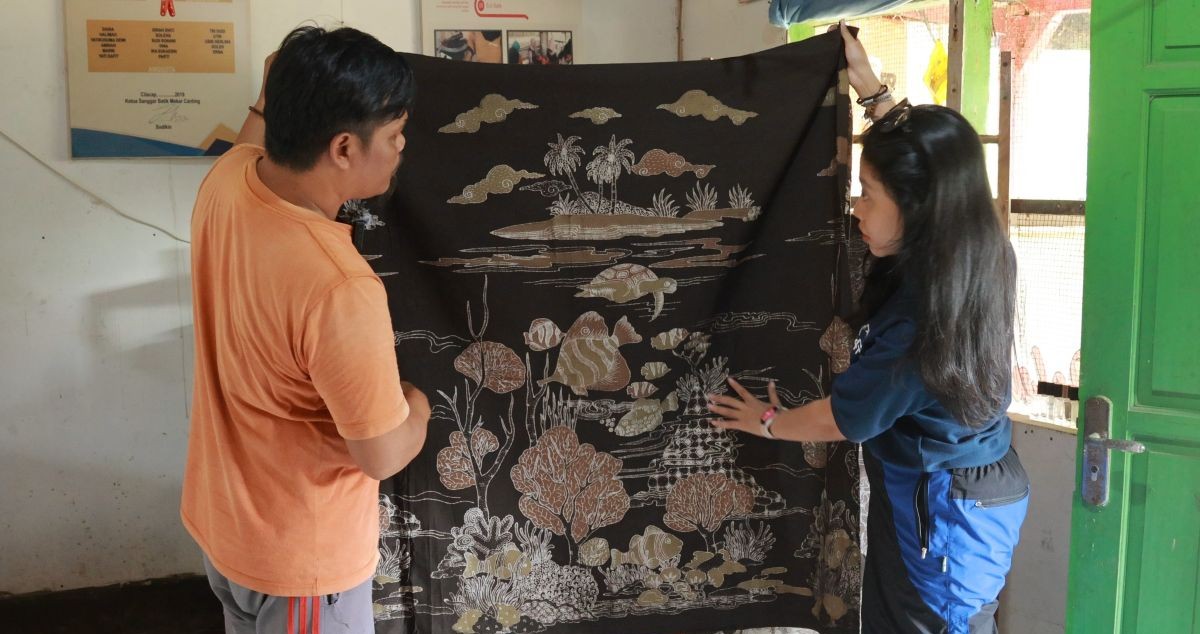Common Name |
Manggis |
Description |
The mangosteen is a small, evergreen tree, very slow-growing, erect with a pyramidal crown; attains 6-25 m in height, has dark-brown or nearly black, flaking bark, the inner bark containing yellow, gummy, bitter latex.
The mangosteen is ultra-tropical. It cannot tolerate temperatures below 4 deg C, nor above 38 deg C. It ordinarily requires high atmospheric humidity and an annual rainfall of at least 1 270 mm, and no long periods of drought. The tree needs good drainage and the water table ought to be about 1.8 m below ground level. The mangosteen must be sheltered from strong winds and salt spray, as well as saline soil or water |
Products |
Food: The best table fruits are those with the highest number of stigma lobes at the apex, for these have the highest number of fleshy segments and the fewest seeds. The numbers always correspond. Mangosteens are usually eaten fresh as dessert. The fleshy segments are sometimes canned, but they are said to lose their delicate flavor in canning, especially if pasteurized for as much as 10 minutes. Tests have shown that it is best to use a 40% syrup and sterilize for only 5 minutes. The more acid fruits are best for preserving.
Timber: In Thailand, all non-bearing trees are felled, so the wood is available but usually only in small dimensions. It is dark-brown, heavy, almost sinks in water, and is moderately durable. It has been used in construction and cabinetwork, to make handles for spears and rice pounders. Poison: The fruit hulls show anti-fungal and anti-protozal activity. Medicine: The sliced and dried rind is powdered and administered to overcome dysentery. Made into an ointment, it is applied to eczema and other skin disorders. The rind decoction is taken to relieve diarrhoea and cystitis, gonorrhoea, and gleet and is applied externally as an astringent lotion. A portion of the rind is steeped in water overnight and the infusion is given as a remedy for chronic diarrhoea in adults and children. Filipinos employ a decoction of the leaves and bark as a febrifuge and to treat thrush, diarrhoea, dysentery, and urinary disorders. In Malaysia, an infusion of the leaves, combined with unripe banana and a little benzoin is applied to the circumcision wound. A root decoction is taken to regulate menstruation. A bark extract called “amibiasine”, has been marketed for the treatment of amoebic dysentery. |







